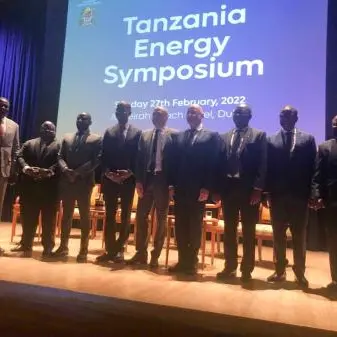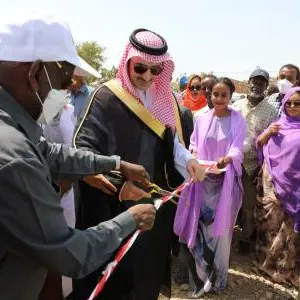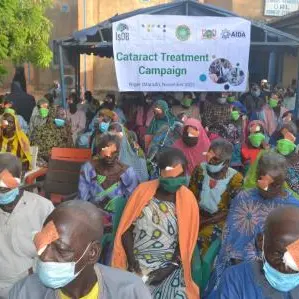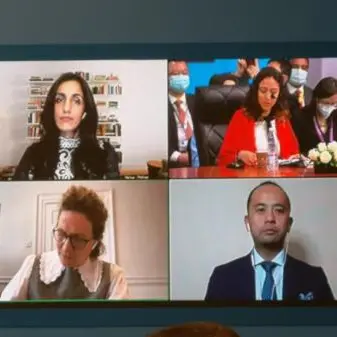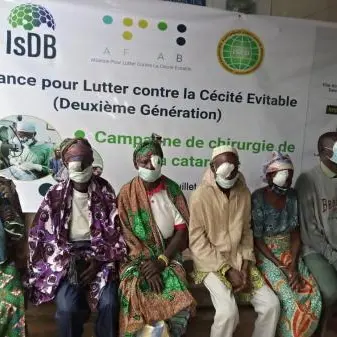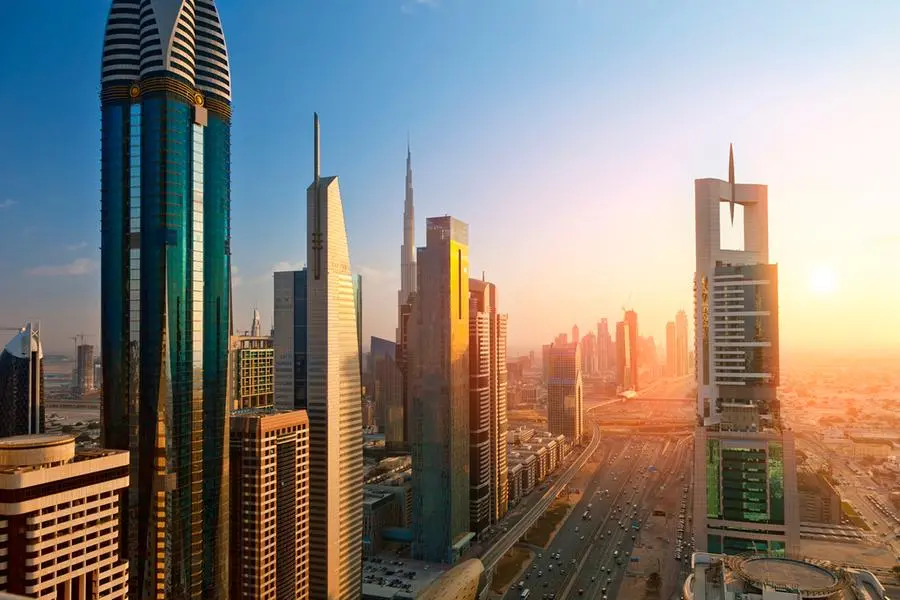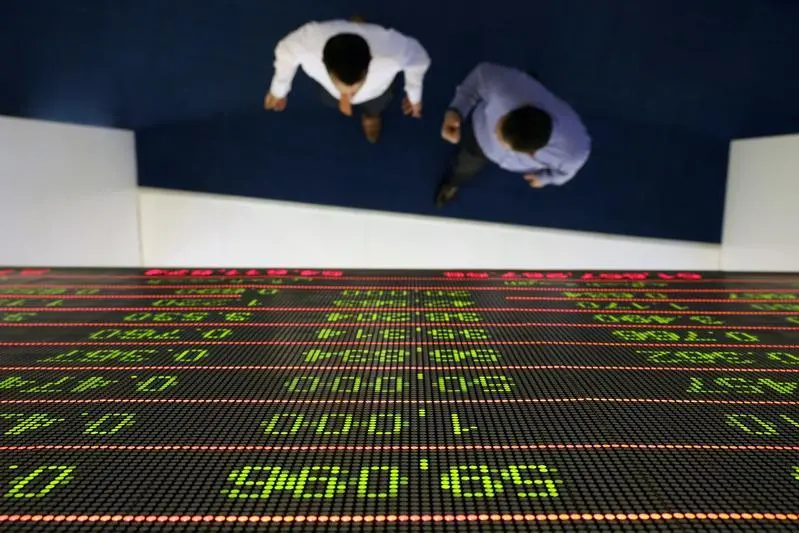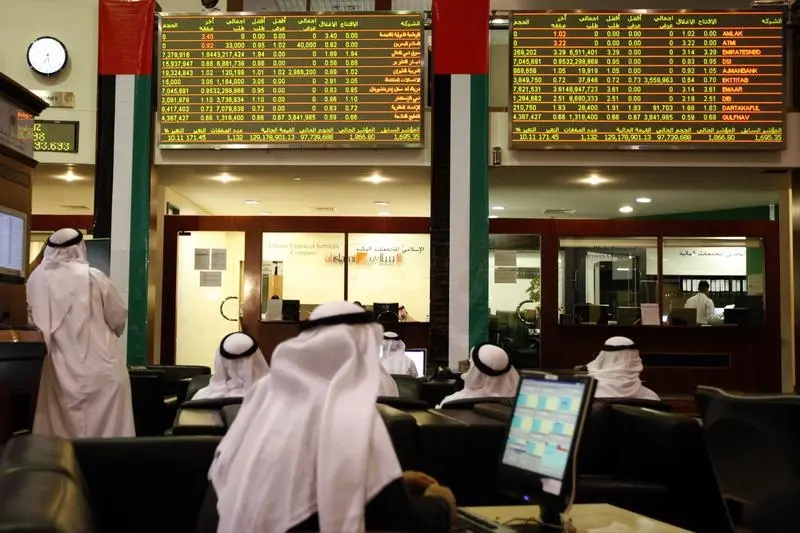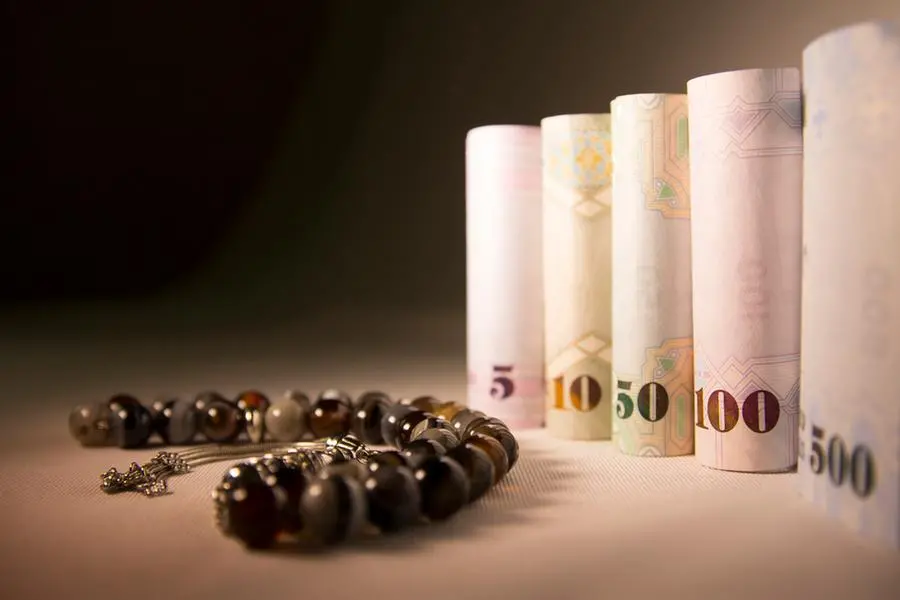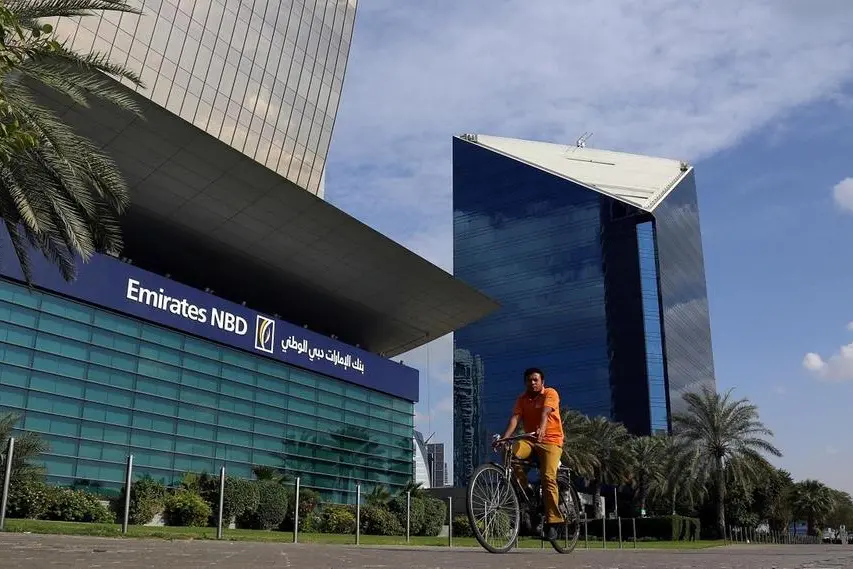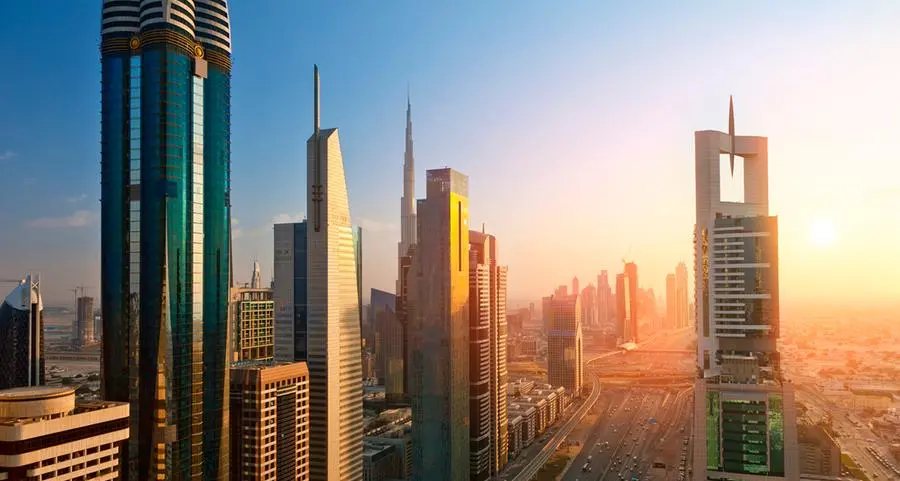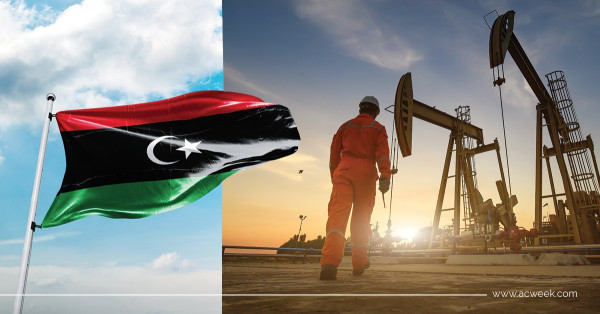
By NJ Ayuk, Executive Chairman, African Energy Chamber (http://www.EnergyChamber.org).
When global oil prices reached a 15-year high in 2022, Libya, which holds 3% of the world’s hydrocarbon reserves and 39% of Africa’s, was unable to take advantage of the windfall.
The reasons were purely political.
Production was shut down for months beginning in April as oil became a pawn in the stalemate between rival leaders: internationally recognized Prime Minister Abdul Hamid Dbeibeh, head of the Government of National Unity (GNU), and Fathi Bashagha, parliament-appointed prime minister of the Government of National Stability (GNS).
Armed militias loyal to Khalifa Haftar, commander of the Bashagha-allied Libyan National Army, waged a campaign to oust Dbeibeh from office by blockading oil fields and ports. Within days, they had managed to close a laundry list of key operations and facilities, including the giant El Feel and El Sharara oil fields (plus several other smaller fields), and the Brega and Zueitina ports. As a result, Libya’s National Oil Company (NOC) was forced to declare force majeure, saying it was unable to fulfill its contractual obligations.
Economic Turmoil
The effect on the NOC was devastating, to say the least. At El Feel and El Sharara alone, lost production equaled 333,000 barrels per day (bpd), costing some USD34.69 million daily. Considering that oil and gas revenues have accounted in recent years for anywhere from 96% to 98% of Tripoli’s income (giving Libya one of the highest nominal GDPs in Africa), Libya’s economy didn’t fare any better. The rebels’ actions were as much of a blow to the people as they were to Dbeibeh’s government.
Unfortunately, this wasn’t the only time internal strife has targeted Libyan oil in recent years: A 2020 blockade of export terminals and pipelines resulted in GDP dropping 31% after exports of crude oil and condensates fell from 1.1 million barrels in 2019 to 350,000 barrels per day.
Despite the recent turmoil, things are looking up in Libya’s energy sector this year, at least so far. That’s according to “The State of African Energy Q1 2023 Report,” soon to be released by the African Energy Chamber (AEC). Among other country highlights, the report examines the effect of Libya’s parallel governments on its oil and gas industry and the NOC.
Rapid Recovery
Production bottomed out under 600,000 bpd during the first half of 2022 — down 50% from the start of the year. But it rebounded remarkably almost as soon as Dbeibeh replaced the longtime NOC chair in July. The move, which was expected to give the country more control over oil revenues, satisfied the militia, who ended their blockades. In response, the NOC lifted force majeure and resumed full operations. As of the end of February 2023 crude oil production was close to pre-blockade levels at 1.164 million bpd. “The State of African Energy Q1 2023 Report” predicts that, barring further disruptions, 2023 output should average 1.2 million bpd.
That would put the NOC on its way to meeting the medium-term goal of 2 million bpd set last August by Dbeibeh, new NOC Chairman Farhat Bengdara, and other political heads. It’s unclear, however, if that figure can be achieved with the country’s current infrastructure, which is one reason GNU is working to attract additional foreign investment.
Political instability has been a fact of life in Libya for at least two decades, making it more challenging to convince international oil companies (IOCs) that Libya is a safe place to do business. Granted, there are a number of multinationals operating in the country, including France’s TotalEnergies, Italy’s Eni, Britain’s Shell, and America’s ConocoPhillips, some with histories dating back nearly 70 years. However, greenfield projects have been few and far between. When Eni announced in January of this year that it would partner with NOC in the USD8 billion Structures A&E offshore gas development, it marked the first new project in Libya in more than 20 years.
For Catherine Hunter, an analyst with S&P Global, the only way Libya can move forward is by cultivating a “far greater pool of investors to call on.” In an article posted by S&P Global, Hunter said that while there is clearly continued interest in Libya, it depends on the company’s risk tolerance.
To increase confidence in the country’s oil and gas sector now that production has stabilized, the NOC has created a strategic plan to be carried out by what it is calling the Strategic Programs Office. The idea, among other things, is to provide more transparency for IOCs into the NOC’s financials as a first step in what Bengdara called “an ambitious vision to return Libya to the ranks of the main energy-producing countries in the world.”
More Promising Signs
In the meantime, there are promising signs. In addition to Eni’s new venture, TotalEnergies, which holds interests in the Al Jurf, El Sharara, Waha, and Mabruk fields, late last year expanded its interest in Waha, completing a joint acquisition with ConocoPhillips to buy out Hess’ holdings.
In a media release, TotalEnergies said the purchase reflected the company’s “commitment to support Libya’s National Oil Corporation (NOC) in its efforts to restore and increase the country’s oil production, together with reducing gas flaring to increase supply to power plants for additional electricity supply.” The statement also said TotalEnergies and the NOC are studying the development of dedicated solar projects to supply electricity to Waha production sites.
Even more recently, good news came from the NOC itself: On May 1, just five weeks after the Erawin oilfield owned by an NOC subsidiary came online, production had already reached 92,000 bpd. That put it easily within range of its 100,000 bpd annual target.
Fair Winds
While political volatility doesn’t happen every day in hydrocarbon-producing countries, market volatility is far more common — and this time, Libya is prepared to profit from it. With Europe still seeking replacement supplies for Russian energy, it’s not surprising that long-time importers of Libyan energy — Italy, Spain, France, and Germany — would be turning to Tripoli for more oil and gas. Unless the political mayhem of 2022 resurfaces, it looks like Libya will continue to be an important outpost for exports and that the headwinds it has faced have died down.
Distributed by APO Group on behalf of African Energy Chamber.
